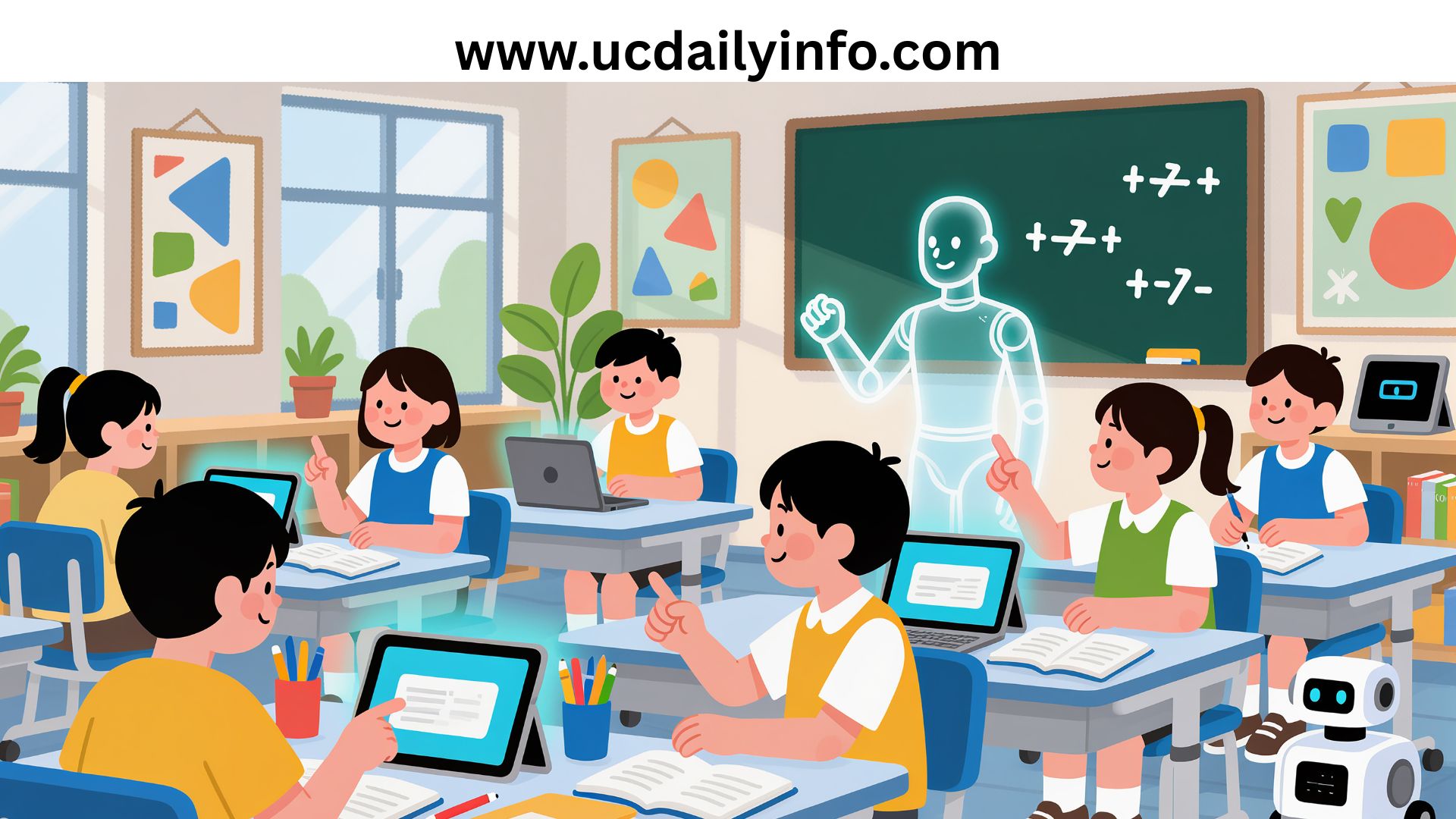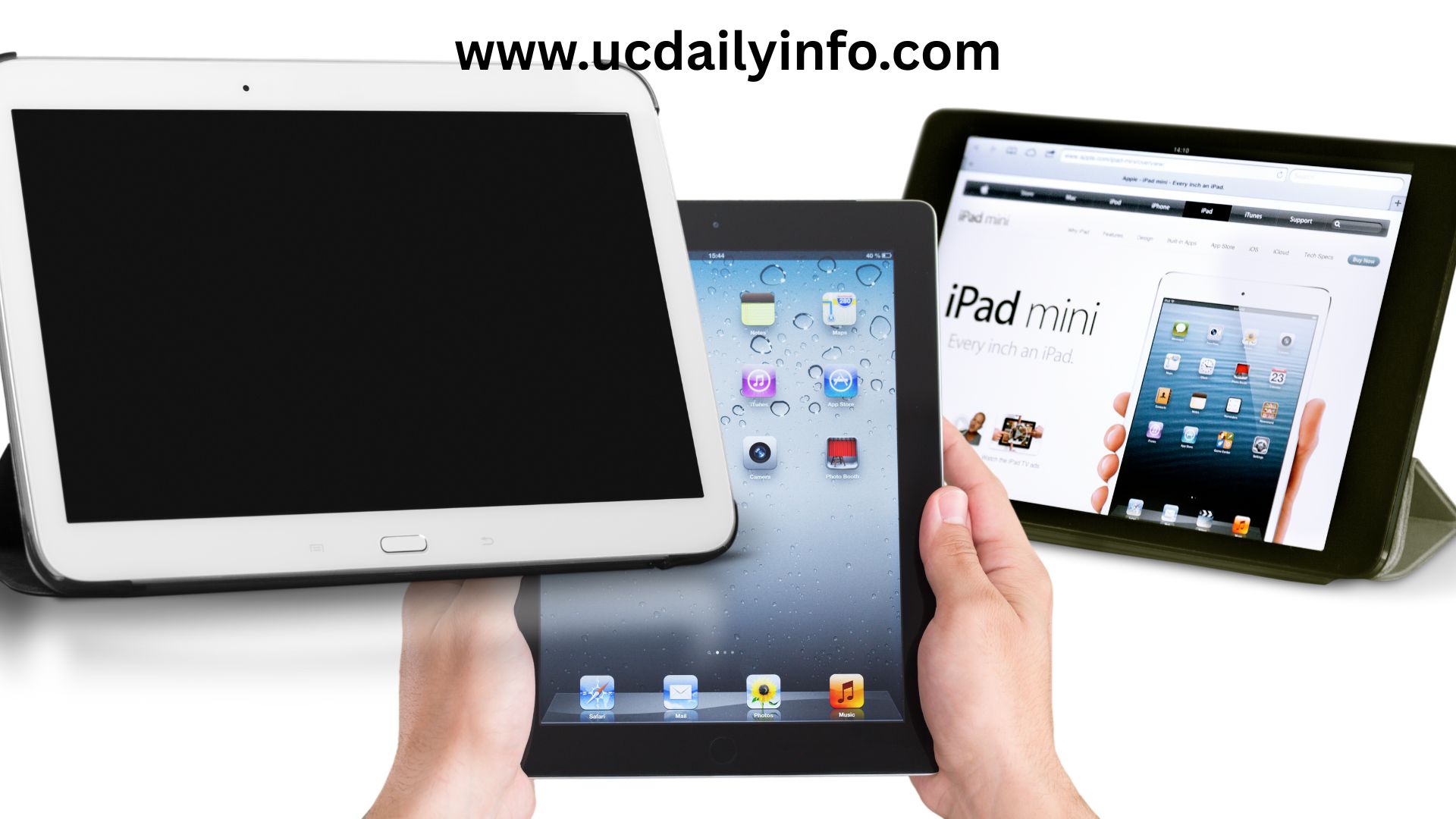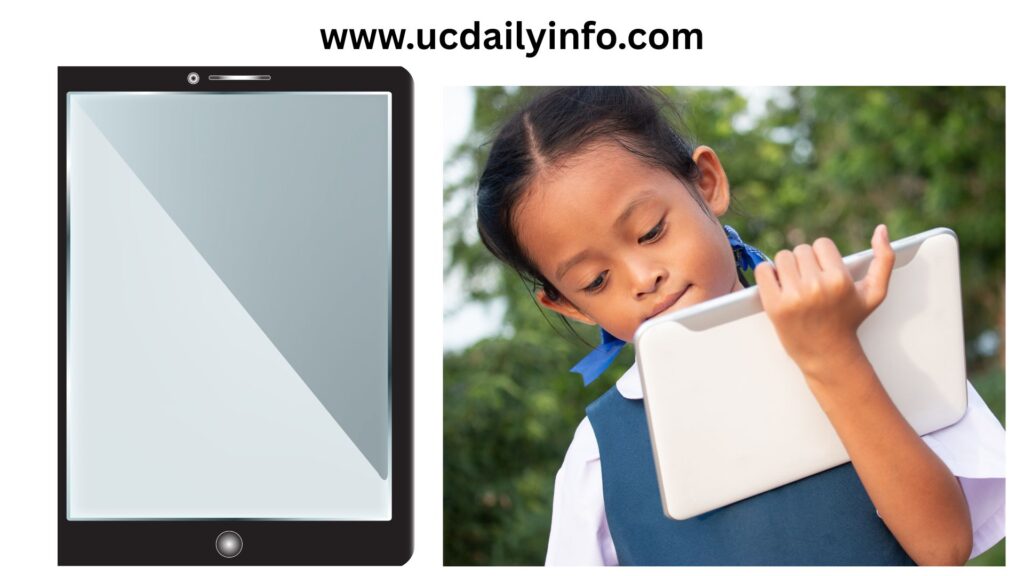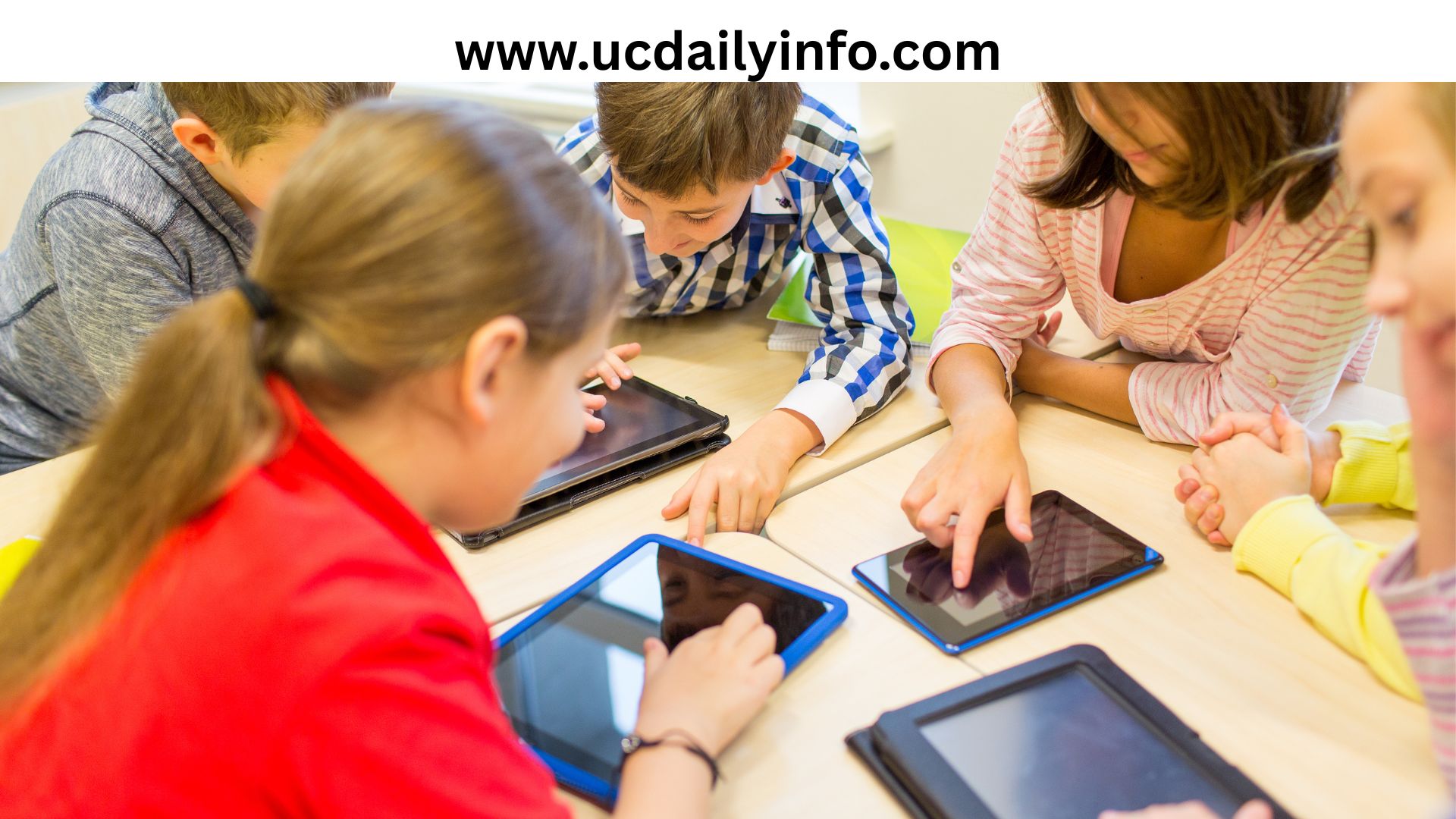Educational Learning Tablet for Kids

In today’s digital age, tablets have become more than just entertainment devices; they are powerful tools that can support a child’s learning and development. From interactive math games to digital storybooks and creative apps, educational tablets are designed to make learning engaging, fun, and accessible for kids of all ages.
For parents, choosing the right educational learning tablet can feel overwhelming with so many options on the market. The challenge is finding a device that balances safety, durability, and meaningful educational content while still keeping kids entertained. In this guide, we’ll explore why educational tablets are valuable for children, what features to look for, the different types available, and how to pick the best one for your child’s needs.
Why Choose an Educational Tablet for Kids?

An educational tablet is more than just a gadget; it’s a tool that can support a child’s growth and development in fun and interactive ways. Unlike regular tablets that mainly focus on entertainment, educational tablets are designed with young learners in mind, offering apps and content that teach while they play.
- Blends Fun with Learning
Educational tablets keep children engaged by combining games, videos, and interactive lessons. Kids often don’t even realize they are learning because the process feels exciting and enjoyable. - Encourages Self-Paced Learning
Every child learns differently. With an educational tablet, kids can practice skills at their own speed, repeat lessons when needed, and explore subjects that interest them most. - Access to a Wide Range of Learning Resources
From math and reading apps to science experiments and drawing tools, tablets provide access to a vast collection of educational content. This makes it easier for kids to explore multiple subjects in one place. - Prepares Kids for a Digital Future
Technology is part of everyday life. Early exposure to learning tablets helps children become comfortable with digital tools, setting the stage for future schoolwork and careers. - Builds Independence and Responsibility
With the right parental controls in place, tablets can help kids take charge of their learning while parents monitor progress. This encourages responsibility and healthy tech habits from an early age.
Key Features to Look for in an Educational Tablet
Not all tablets are created equal, especially when it comes to meeting the needs of children. Before buying, parents should pay attention to specific features that make a tablet both safe and effective for learning. Here are the key things to look for:
- Preloaded Educational Content
Choose a tablet that comes with age-appropriate apps, games, and e-books designed to teach reading, math, science, and creativity. A device with built-in learning platforms saves parents time searching for reliable apps. - Strong Parental Controls
Safety should be a top priority. Look for tablets that let you set screen-time limits, block certain apps or websites, and create child profiles. This ensures your child stays safe while using the device. - Durability and Kid-Friendly Design
Kids can be rough with gadgets, so pick a tablet that has a sturdy, shockproof case or comes with a bumper. A lightweight design also makes it easy for little hands to hold. - Eye Protection Features
Children’s eyes are sensitive, and long hours on a screen can cause strain. Tablets with blue light filters, adjustable brightness, or “reading modes” help reduce eye fatigue. - Battery Life and Portability
A good kids’ tablet should last several hours without constant charging, especially if used for school, travel, or long car rides. - Expandable Storage and Connectivity
Look for tablets with enough storage to download apps, videos, and books. Bonus points if it allows expandable memory or has Wi-Fi for easy updates. - Affordable Price with Warranty Options
Since kids may outgrow their devices or accidentally damage them, it’s smart to choose a budget-friendly tablet that comes with a warranty or replacement policy.
Best Educational Learning Tablets for Different Age Groups
Every child has unique learning needs, and the best educational tablet often depends on their age and stage of development. Here’s a breakdown of the most suitable options for different age groups:
- Toddlers (Ages 2–4)
At this stage, children need simple, durable devices with lots of visual and interactive content. Tablets for toddlers should be easy to use, lightweight, and come with sturdy cases to handle drops.
- Top Picks: Amazon Fire 7 Kids Edition, LeapFrog Epic Academy Edition.


- Why: Preloaded with age-appropriate learning games, colorful interfaces, and strong parental controls.
- Early Elementary Kids (Ages 5–8)
Kids in this age range are starting school and benefit from tablets that combine fun with structured learning. They need access to apps that support reading, math, creativity, and problem-solving.
- Top Picks: Amazon Fire HD 8 Kids Edition, Kurio Tab Connect.

- Why: Larger screens, better battery life, and educational content libraries tailored for growing learners.
- Older Kids (Ages 9–12)
Older children need tablets that can handle more advanced apps, research tools, and creative features like drawing or coding. These devices often double as entertainment and homework tools.
- Top Picks: iPad (with parental controls enabled), Samsung Galaxy Tab A (with Google Family Link).


- Why: Access to a wide range of educational apps, versatility for schoolwork, and the option to grow with the child.
How to Make the Most of an Educational Learning Tablet for Kids
Buying the right tablet is only the first step, how your child uses it is what truly makes a difference. With the right approach, an educational tablet can become a powerful tool for both learning and creativity. Here are some tips to help parents maximize its value:
- Balance Learning and Play
Encourage your child to use the tablet for both fun and education. Mix interactive games with reading apps, math exercises, and creative tools like drawing or music apps. This keeps learning enjoyable rather than feeling like homework. - Set Screen Time Rules
Educational or not, too much screen time can be harmful. Use the tablet’s parental controls to limit daily usage, especially before bedtime. Setting clear routines helps kids develop healthy tech habits. - Monitor and Guide Content
Regularly check which apps and games your child is using. Replace purely entertaining apps with educational alternatives, and take time to explore new learning apps together. - Encourage Creativity
Tablets aren’t just for consuming content, they can also be used to create. Introduce apps for drawing, storytelling, coding, or even simple video editing to spark your child’s imagination. - Combine Tablet Time with Offline Learning
Reinforce what your child learns on the tablet with offline activities. For example, if they read a story, ask them to retell it in their own words, or if they play a math game, practice similar problems on paper. - Stay Involved
Use the tablet as a way to connect with your child, not just as a digital babysitter. Sit with them, play games together, and celebrate their progress to make learning a shared experience.
Tips for Parents Before Buying (Educational Learning Tablet for Kids)
Choosing the right educational tablet for your child can feel overwhelming, especially with so many options on the market. To make a confident decision, here are some important tips parents should consider before making a purchase:
- Define Your Child’s Needs
Think about your child’s age, learning stage, and interests. A toddler may benefit from simple preloaded learning apps, while older kids may need a more versatile tablet that supports schoolwork, creativity, and research. - Check Safety and Parental Controls
Always look for a device that includes strong parental control features. These allow you to manage screen time, block unsafe content, and monitor app usage, ensuring a safe and secure digital environment. - Prioritize Durability
Kids can be rough with gadgets, so choose a tablet with a sturdy, kid-proof case and shatter-resistant screen. A warranty or replacement plan can also give peace of mind. - Compare Educational Content
Not all tablets come with the same apps or content. Some devices are packed with learning games and e-books, while others require you to download apps separately. Make sure the content aligns with your child’s learning goals. - Consider Long-Term Use
Think ahead: will the tablet still be useful as your child grows? Some kids’ tablets are great for early years but may become limiting as children get older. Regular tablets with parental controls may offer more flexibility over time. - Set a Budget
Educational tablets vary widely in price. Decide on a budget before shopping, and balance affordability with features. Remember, the most expensive option isn’t always the best for your child’s needs.
Educational Learning Tablet for Kids

Educational tablets can be powerful tools to support your child’s growth, creativity, and curiosity when used wisely. The right device doesn’t just entertain, it helps kids build skills, explore new subjects, and learn in a way that feels fun and engaging. By focusing on safety, age-appropriate features, and quality educational content, parents can turn a simple tablet into a meaningful learning companion.
Whether you choose a dedicated kids’ tablet or a standard device with parental controls, what matters most is how it’s used. With the right balance of guidance, limits, and encouragement, an educational tablet can become a valuable part of your child’s learning journey.
You May Like
How to Teach Your Kids to Ride a Tricycle
Safe & Comfortable Baby Carriers from Newborn to 2 Years
Types of Kidswear Every Parent Should Know
Top 10 Educational Toys for Babies
Best Baby Strollers for Newborns
How to Handle Tantrums in 2-Year-Olds
A Complete Parenting Guide on How to Raise Confident and Independent Kids


